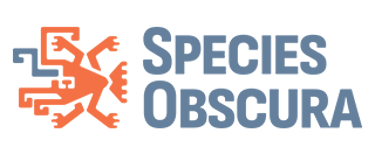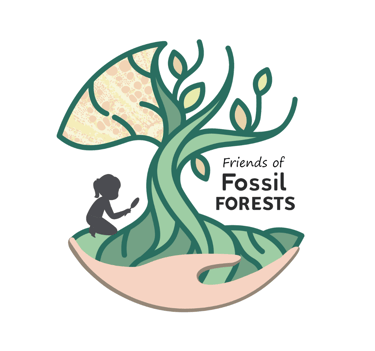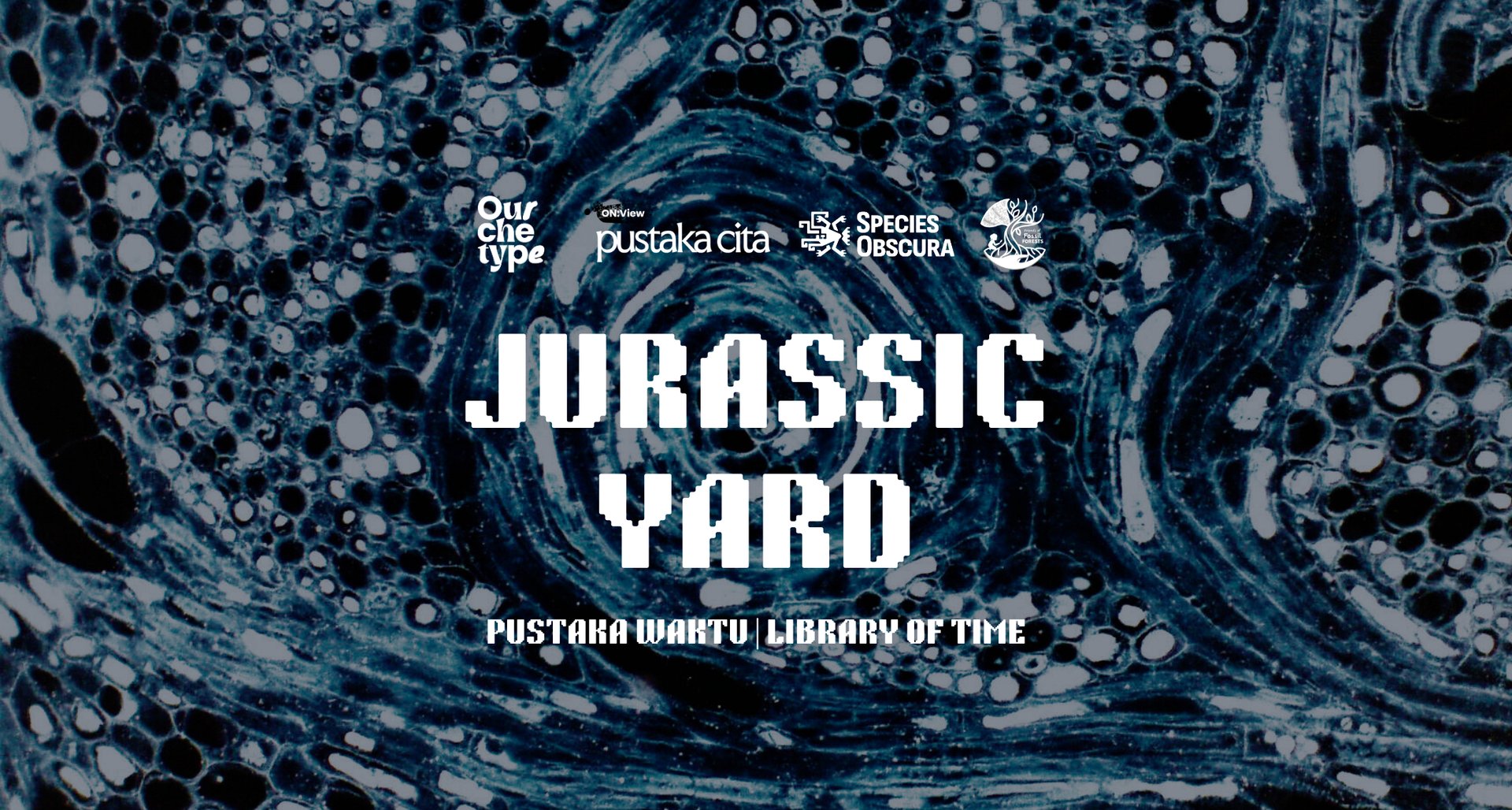

JURASSIC YARD: THE EXHIBITION
AT THE HALLWAY SPACE, BANDUNG
2 SEPTEMBER - 31 DECEMBER 2025
Bersama Ourchetype Lab, Yayasan Species Obscura mempersembahkan sebuah mesin waktu dalam ruang kecil di The Hallway Space, yang membantumu melintasi jutaan tahun kisah mengenai iklim, lingkungan, dan kehidupan yang telah membatu. Tergabung di dalam tema pameran Pustaka Cita, kami menyiapkan sebuah kisah pustaka waktu lewat beragam koleksi terkait profesi paleobotani, peralatan laboratorium, kayu fosil, dan bagaimana kami mendefinisikan kembali The Living Fossil lewat karya seni bertemakan Jurassic Yard.
Together with Ourchetype Lab, the Species Obscura Foundation presents a time machine in a small room at The Hallway Space, helping you travel through millions of years of history about climate, environment, and fossilized life. Incorporated into the exhibition theme of Pustaka Cita, we prepare a story of a time library through various collections related to the profession of paleobotany, laboratory equipment, fossilized wood, and how we redefine The Living Fossil through Jurassic Yard-themed artwork.
Creative Director: Franz Anthony
Curator: Puspita Insan Kamil
Artists: Alwan Syah, Anargha Setiadi, Franz Anthony, Hani Ristiawan
Experts: Nareerat Boonchai, Hanny Oktariani, Diny Hartiningtias




VISIT NOW
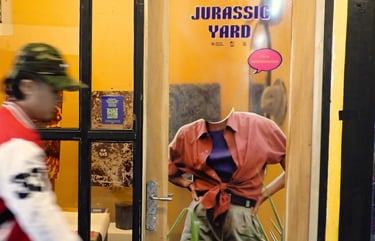

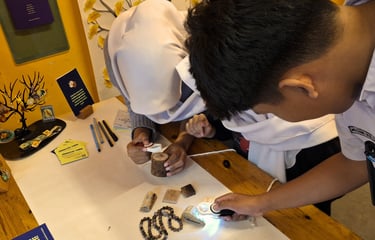

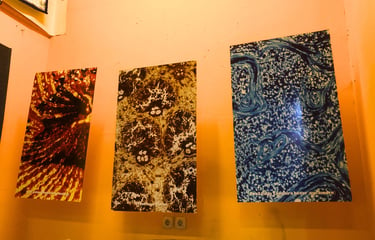

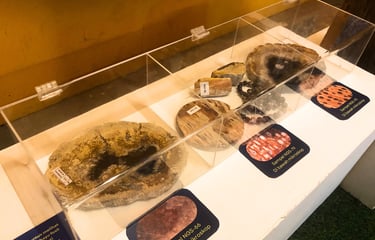

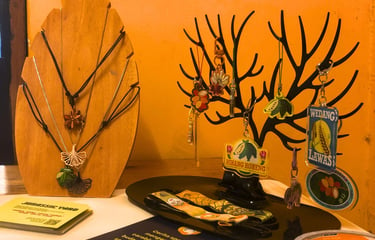

MEREKA YANG MEMBATU, MENGAWETKAN WAKTU
THOSE WHO'RE PETRIFIED, PRESERVING TIME
Fosil kayu adalah kayu yang telah mengalami proses petrifikasi atau petrifaksi - yakni proses perubahan bahan organik menjadi batu - atau disebut sebagai fosilisasi. Hal ini terjadi karena materi organik seperti kayu terkubur dalam tanah dan terpapar sedimen kaya mineral selama jutaan tahun, melarutkan materi organik dan kemudian mineral tersebut mengendap, mengisi pori-pori dan ruang antar sel, sehingga membentuk struktur seperti batu. Dalam kasus fosil kayu, kayu telah tergantikan oleh silika. Ahli yang mempelajari mereka disebut ahli paleobotani, yang umumnya memiliki keahlian dalam dua bidang: Geologi dan Biologi.
Para ahli paleobotani, atau ahli tanaman purba, bekerja dengan cara menggali, mengangkut, membuat irisan tipis, mengidentifikasi, dan menyimpan spesimen akan kayu atau objek lain yang ditemukan, serupa dengan penggalian dan penemuan fosil dinosaurus. Para ahli mengidentifikasi tanaman berdasarkan pengamatan makroskopis (seperti warna dan bentuk) dan mikroskopis (seperti anatomi pembuluh, jaringan, dan serat).
Fossilized wood is wood that has undergone a process called petrification or petrifaction—the process by which organic matter turns into stone—also known as fossilization. This occurs when organic matter, such as wood, is buried in the ground and exposed to mineral-rich sediments for millions of years. This dissolves the organic matter, and the minerals then precipitate, filling the pores and intercellular spaces, forming a stone-like structure. In the case of fossilized wood, the wood has been replaced by silica.
Experts who study them are called paleobotanists, who generally specialize in two fields: geology and biology. Paleobotanists, or experts on ancient plants, work by excavating, transporting, thin-sectioning, identifying, and preserving specimens of wood or other objects they find, similar to the excavation and discovery of dinosaur fossils. Experts identify plants based on macroscopic (such as color and shape) and microscopic (such as the anatomy of vessels, tissues, and fibers) observations.
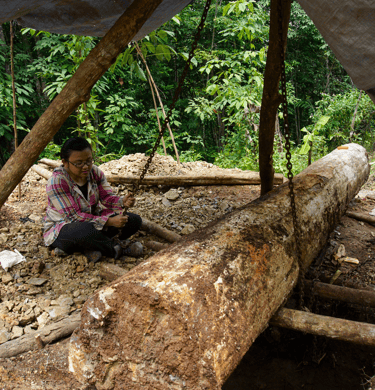

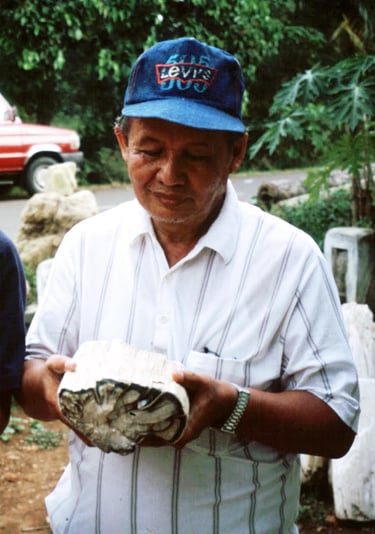

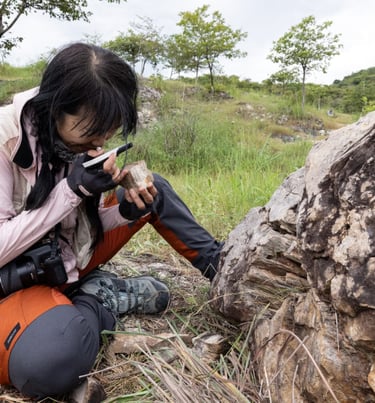

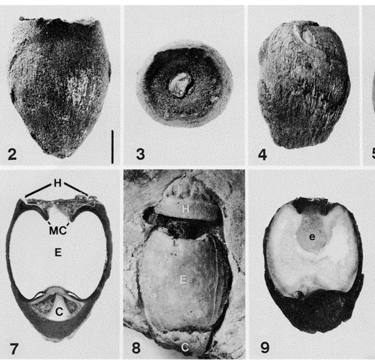



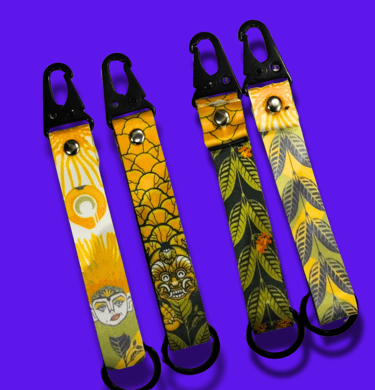

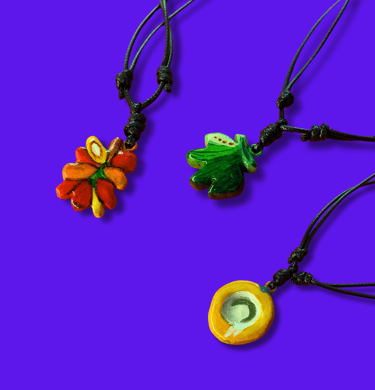

Sebanyak 12 tanaman yang memiliki leluhur dari ratusan juta tahun yang lalu telah kami awetkan dalam beragam karya seni yang dapat kamu miliki. Baca penjelasan detail tentang dua belas tanaman ini di halaman ini.
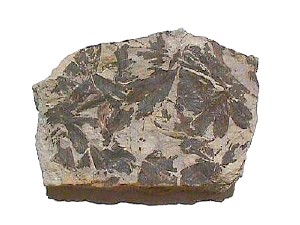



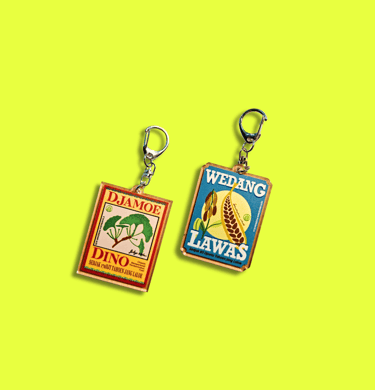

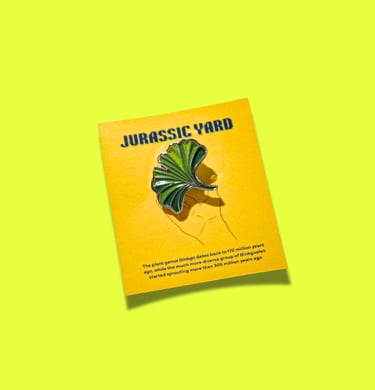

We've preserved 12 plants with ancestors dating back hundreds of millions of years in various works of art for you to own. Read detailed explanations about these twelve plants on this page.
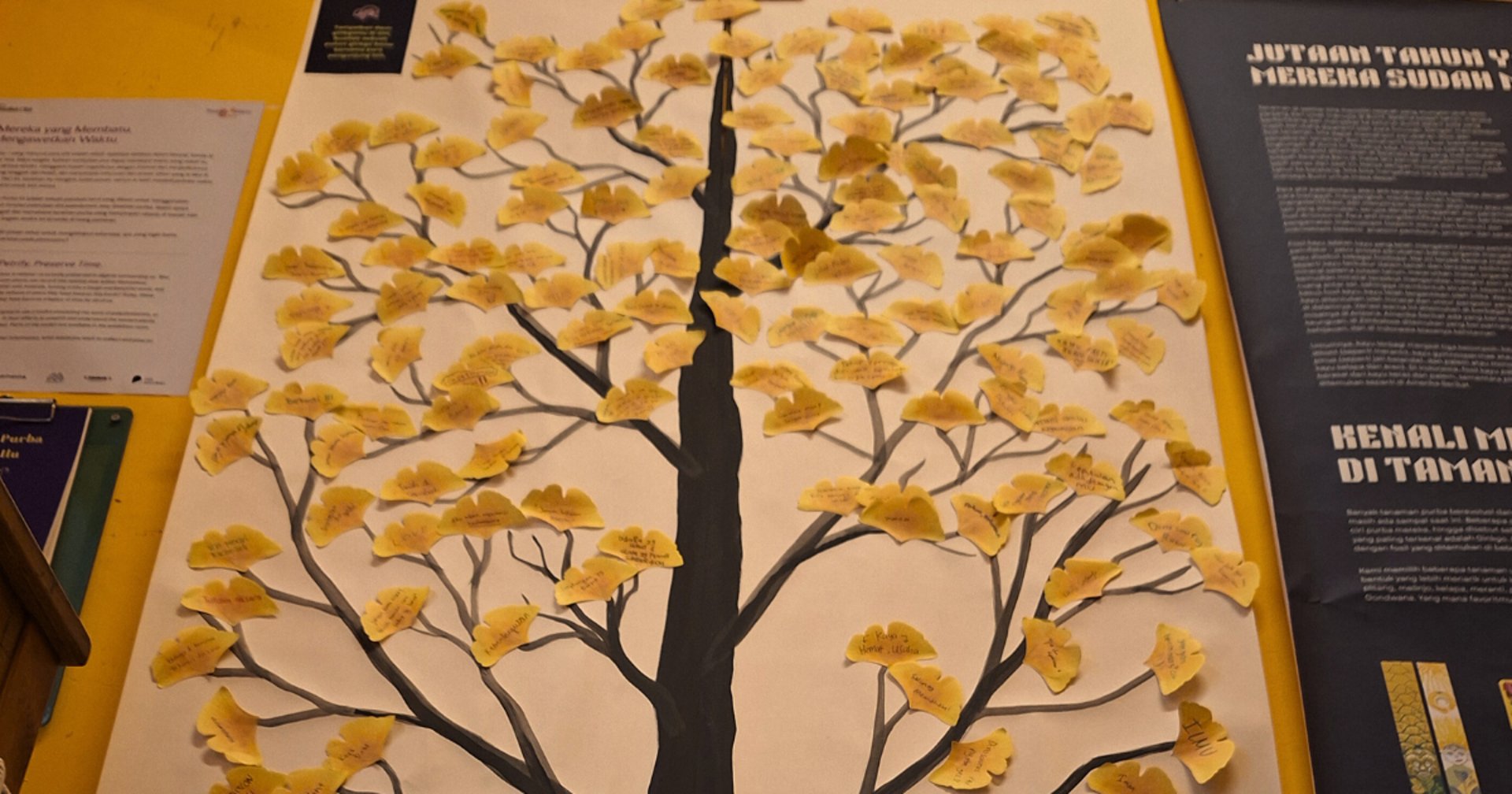
Umumnya, kayu terbagi menjadi tiga kelompok; kayu keras atau dikotil (seperti meranti), kayu gymnospermae atau konifer atau pinus (seperti jati belanda), dan palem atau monokotil (seperti kayu kelapa dan aren). Di Indonesia, fosil kayu paling banyak berasal dari kayu keras dan palem, sementara pinus lebih banyak ditemukan seperti di Amerika Serikat.
Generally, wood is divided into three groups: hardwoods or dicots (such as meranti), gymnosperms or conifers or pines (such as "jati belanda"), and palms or monocots (such as coconut and sugar palm). In Indonesia, the most common wood fossils come from hardwoods and palms, while pines are more common, as in the United States.

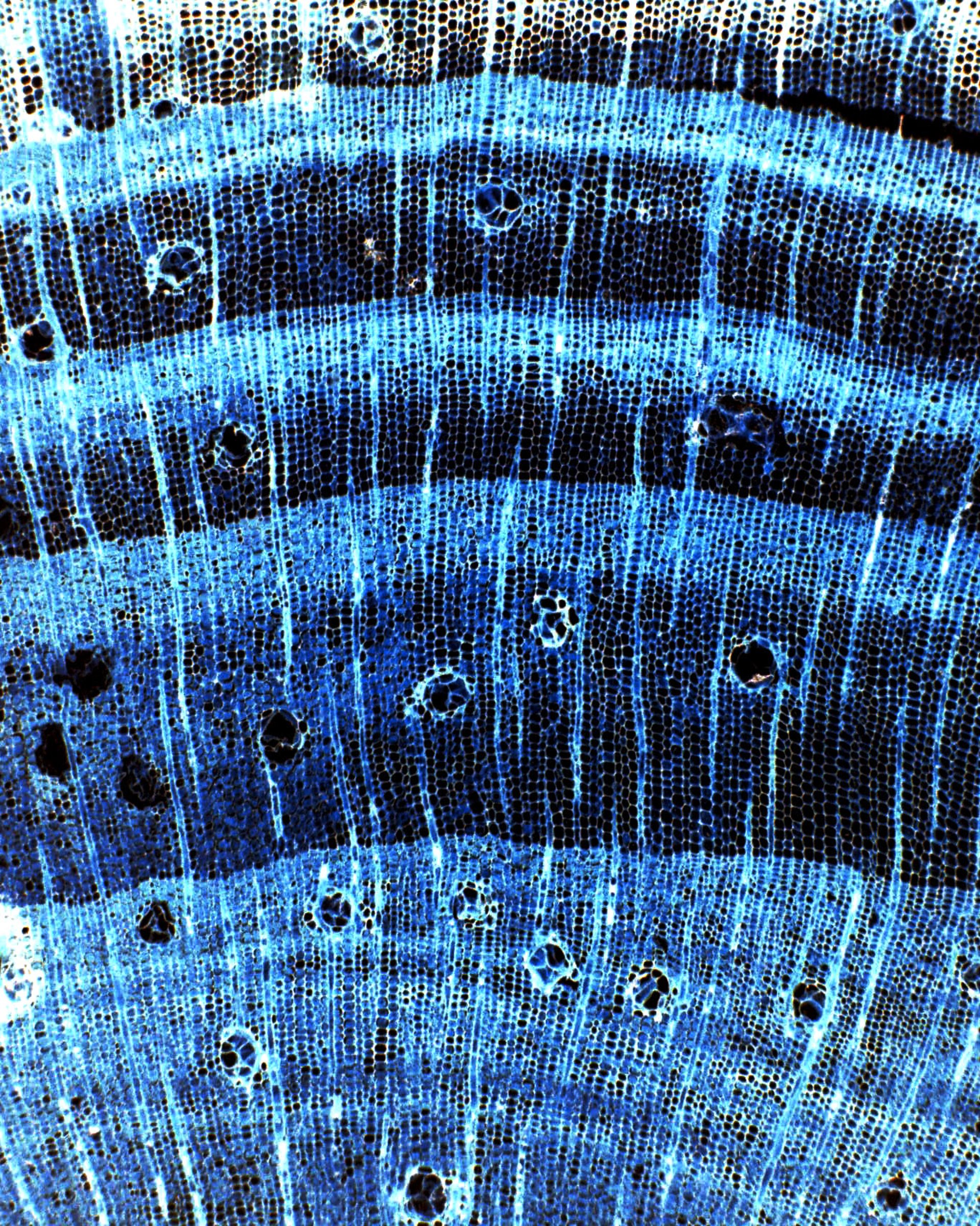
Aging Like a Fine Wine is overrated.
LET'S AGE LIKE A FINE PINE!
(this image behind is a pine fossil from Wyoming)
Take your picture at the exhibition and use the # to win a merch from us!
Pameran masih berlangsung. Kunjungi sekarang dan beli merchnya, 80% dari profit akan digunakan untuk upaya pelestarian kayu fosil dan spesies kurang terkenal.
The exhibition is still ongoing. Visit now and purchase merchandise; 80% of the profits will go to conservation efforts for fossil wood and lesser-known species.
Image Credits © Nareerat Boonchai; Hanny Oktariani; Yance Mandang; Koch & Friedrich, 1971; Manchester & Kress, 1993; Hou et al., 2015; James Field; Bernard Dupont; Feng et al., 2013; Oh et al., 2002; Pole, 1992; Quirogaet, al. 2015; Kenraiz Krzysztof Ziarnek; Yogdes; Panti, 2019; Barry Conn & Kipiro Damas; Wilf, et al., 2019; Daderot; Poole & Francis, 2000; epilobium_heliophile; Rydin & Friis, 2010; Unsplash
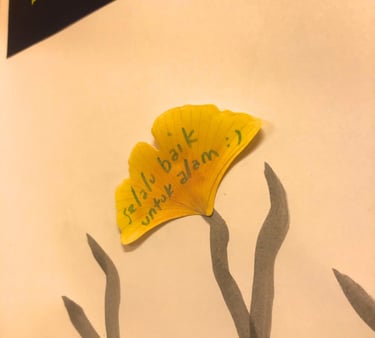

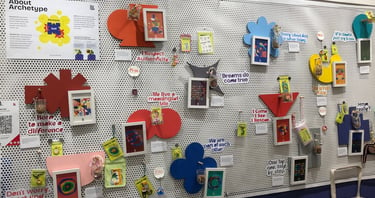

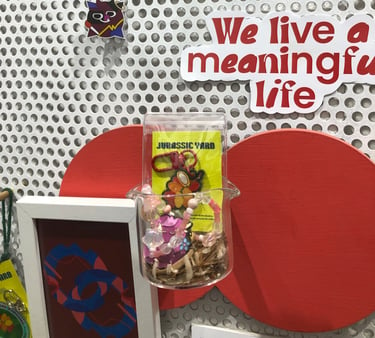

Contact Us
Jl. Duren 1 No.2 RT003/RW009 Depok, Jawa Barat 16434, Indonesia
© 2024 Species Obscura Registered Non-profit Nomor AHU-0001312.AH.01.04.Tahun 2025
Privacy Policy
